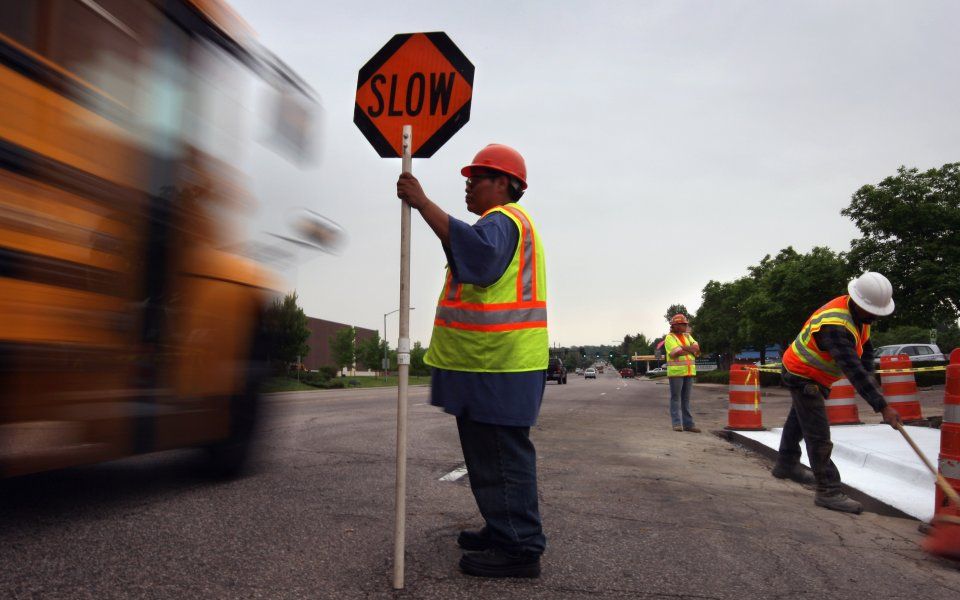Talk of a US recession in 2020 is a little premature

Several analysts have come out of the woodwork in the past few weeks predicting not just a US growth slowdown, but the start of a recession in 2020.
These calls were amplified after a week of stock market volatility.
Bond vigilantes are pointing to rising real yields (that have been adjusted for inflation), while bear market doomsayers have been looking at signals from international stock indexes – with markets like China down more than 20 per cent on the year, and many European indices, such as Germany and Italy, also technically in correction (down 10 per cent or more).
Is the fiscally turbocharged US growth about to come to an end?
We are certainly due for a recession. According to the National Bureau of Economic Research, the average economic cycle since 1945 has lasted about 58 months. This latest cycle, which started in March 2009, has now been going on for 115 months, just five months shorter than the longest period of economic growth on record (1991 to 2001).
And yet, the economy is growing at a robust pace of around three per cent for 2018, and is set to grow at 2.5 per cent in 2019 (according to IMF’s latest world economic outlook): a moderation due to waning fiscal impulse and trade wars.
So when does a late cycle economy transition into an economy that’s verging on a recession?
TS Lombard analyst Dario Perkins has highlighted the four conditions for a recession to occur: accelerating inflation, a squeeze on corporate profits, tight monetary policy, and macroeconomic imbalances such as asset bubbles.
While inflation has been rising, wage growth of below three per cent is still far from pre-great financial crisis levels north of four per cent.
In a note published last week, Goldman Sachs chief US economist Jan Hatzius remarked that despite the unemployment rate standing at the lowest level in 48 years (of 3.7 per cent), core personal consumption expenditure inflation — the metric the Federal Reserve looks at — has remained steady at around two per cent.
There may be more slack in the labour market, and hence monetary policy cannot be too tight yet.
Rising wages would typically be associated with a squeeze in corporate profits.
Perkins calculates that rising wages have been matched by productivity, so there hasn’t been a corporate squeeze yet. In fact, profit share as a percentage of gross domestic product, is about 10 per cent higher than it was 20 years ago, according to Perkins. Top-line earnings are still growing.
That leaves us with asset valuations. Aggregate global debt continues to climb, US asset prices are about 50 per cent higher in aggregate than five years ago, and the market is certainly starting to get a little jittery if last week is anything to go by.
Crucially however, the economy and companies’ revenues are still growing. The labour market is not showing signs of overheating.
It feels a little premature to talk about a 2020 recession, without the benefit of 20-20 hindsight.